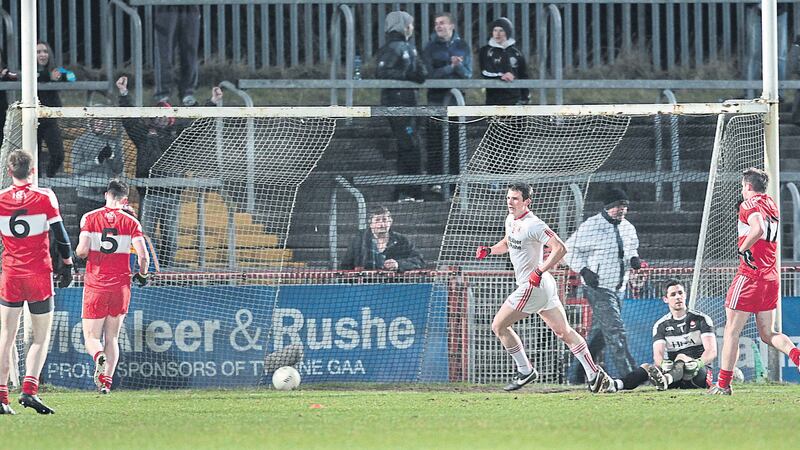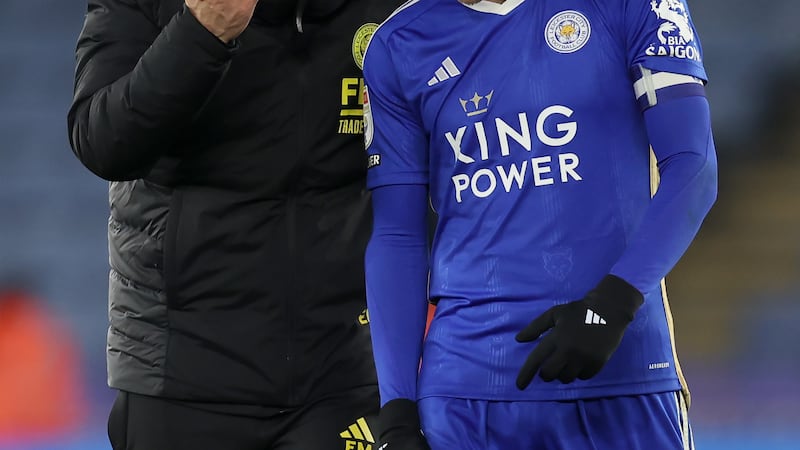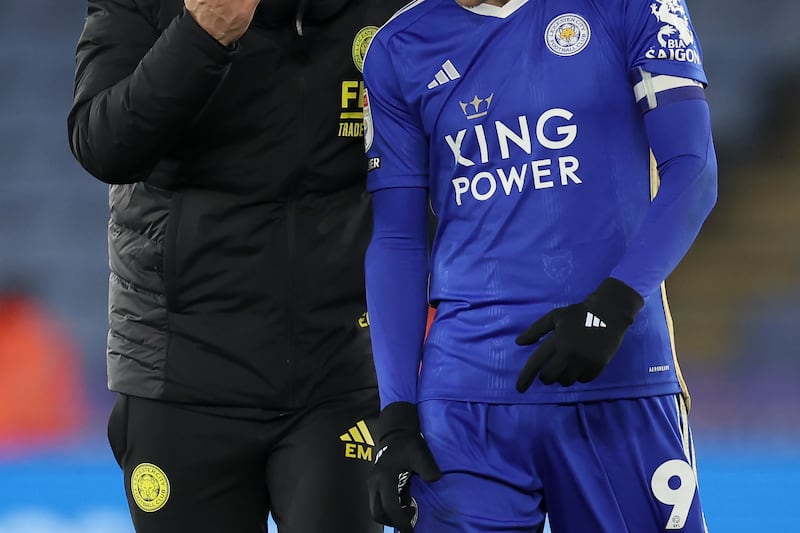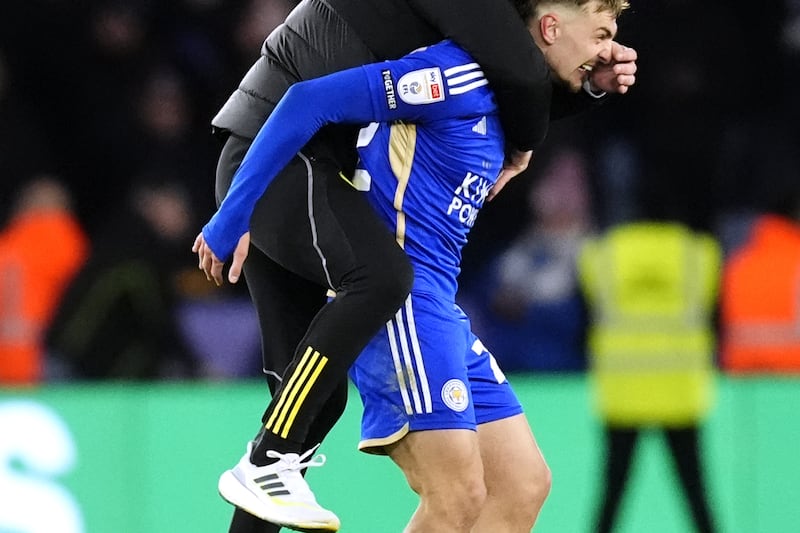LAST month, Leonardo Ulloa netted an 89th minute winner against Norwich City to push Leicester City five points clear at the top of the table.
They had struggled all afternoon to break down the rigid Canaries until Ulloa slid in at the far post to convert a cross and seal the three points.
The work hadn’t quite been done, though. Deep into injury-time, hanging on to a 1-0 lead, they were forced to defend a Norwich corner.
Ordinarily it would be all hands on deck. Just throw your body in front of the ball, make sure it doesn’t go in the net and the game is won.
What did Claudio Ranieri do instead?
Instead of leaving Jamie Vardy up the pitch on his own, he hollered at Ulloa and Riyad Mahrez to join up.
He stuck Vardy through the middle and the other two out wide, right on the halfway line.
Norwich panicked. Anyone who’s ever played soccer will know that the traditional stance is to have an extra man back on your own corners.
Because Leicester had three up the pitch, Norwich ended up with four men back. It made defending the corner uncomplicated, and the Premier League leaders saw out the danger.
It was a risky move, but one executed perfectly. If they’d tried it earlier in the game, Norwich would have had time to think about how to react a second time.
But because this was sprung on them in what was their last attack, they hadn’t time to think. They reverted to the norm.
It was typical of this Leicester side, whose fearlessness is what has them on the brink of the most stunning of successes.
When they met Chelsea earlier in the season, the reigning champions’ squad was worth £215m. Leicester’s was worth just over a tenth of that, at £23m.
And yet here they are, nine games out from the end of the season and the owners of a five-point lead at the top of the world’s richest league.
They have scored 52 goals, the same as joint-top scorers Manchester City. And it is all built on the brilliance of their counter-attacking game.
Anyone who watched them tear City to pieces at the Etihad Stadium a month ago will not forget it. Their commitment to the break led to some scintillating football – the kind the great Manchester United teams played in their pomp.
It has allowed Leicester to bridge the gap between bottom and top without anywhere near the calibre of players their title-chasing opponents can call upon.
It seems that Gaelic football has yet to evolve to the point of realising this. As the game has become more and more defensive, coaches have become obsessed with that side of things.
It’s particularly prevalent at club level. You could go to a club game anywhere around Ulster and see half-assed blanket defences on both sides.
Get 12 men behind the ball and hope the opposition run into a tackle or kick it down your throat. The sheer weight of numbers allows it to happen more often than coaches should be allowed to take credit for.
But what is surprising about the inter-county game is how few teams properly bridge the gap between defence and attack. At the very top level, they have a good handle on it.
The conditioning of the elite teams is what allows them to perfect it.
The difference in Donegal 2011 and Donegal 2012/2014 was how they attacked. In Jim McGuinness’s first year, they built their fitness and defensive structure.
In their second year, they developed their attacking game and won the All-Ireland. The reason they beat Dublin in 2014 was not because they defended better, but because they committed huge numbers properly to the counter-attack.
It overwhelmed the Dubs, who had not seen a team come to Croke Park and sustain the kind of energy in attack the eventual All-Ireland runners-up did that day.
What most teams are doing at present is a halfway house. Look at Armagh last summer against Donegal. They went through Division Three looking watertight, packing their defence with orange shirts.
But when the summer sun was high in the Cathedral city sky, they fell to pieces because they had no attacking structure.
They had a tonne of ball in the first half, but went in 1-9 to 0-2 down after failing to cause their visitors any trouble.
The interchangeability of the Donegal attack was the difference, with Patrick McBrearty, Neil Gallagher and Michael Murphy rotating the full-forward position. There was a clearly defined structure to the way they played.
Armagh don’t look any closer to solving those problems yet. A 17-point defeat in Cavan on Saturday night, where they scored just 0-10, again highlighted their deficiencies in that area.
Likewise, in Healy Park, Tyrone’s attacking play was just so much slicker than Derry’s.
The hosts were able to pierce holes with runners for the full 70 minutes, while Derry’s attacking game wilted once the legs started to tire after half an hour.
From there on, the emphasis was on getting behind the ball. That was what all the Oak Leafers’ energies went into in the second half.
When they won the ball back, there were 70 yards or more between Emmett McGuckin and his nearest team-mate.
Tired legs trying to carry the ball the full length of the field. Little wonder there were errors. There is a discernible difference in the conditioning of the top four or five teams and the rest.
Those outside that bracket seem to have settled on an admission that the best way to compete is to put all your efforts into getting behind the ball and trying to keep the opposition to 0-10.
But if you only score 0-5 yourself, what is the point?








